How Do I Choose A Telescope?
Choosing a telescope can be an exciting yet daunting task, especially for beginners who are eager to explore the night sky but unsure where to start. With a myriad of options available, it's essential to understand the key factors that will influence your decision. This article aims to guide you through the process of selecting the right telescope by addressing the most common user demands and providing practical advice to ensure you make an informed choice.
Understanding Your Observing Goals
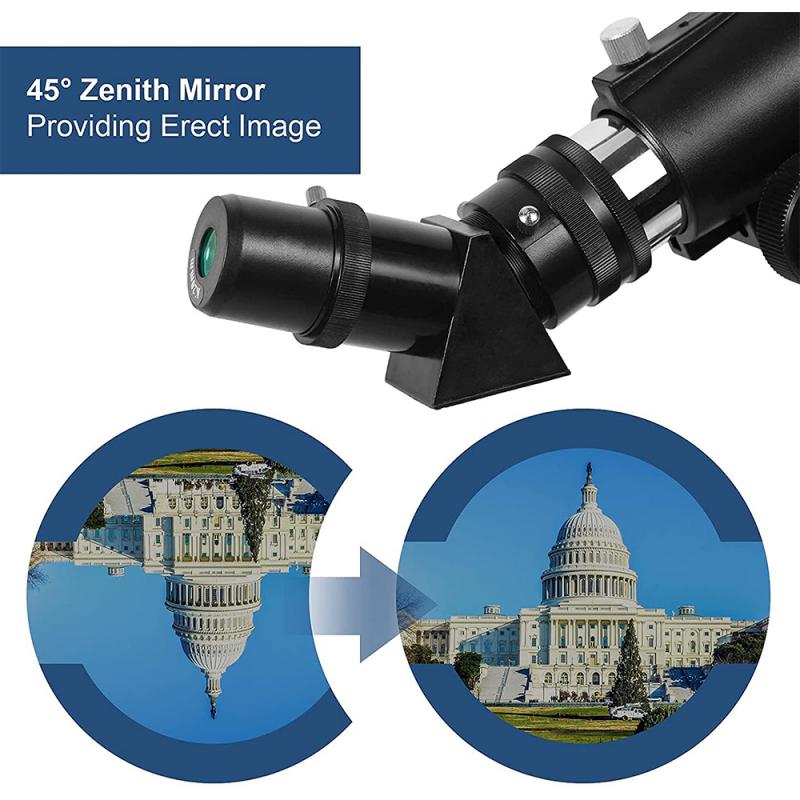
Before diving into the technical aspects of telescopes, it's crucial to identify your observing goals. Are you interested in viewing planets, stars, galaxies, or a combination of these? Your primary interests will significantly influence the type of telescope you should consider.
1. Planetary Observation: If your main interest lies in observing planets, you'll need a telescope with high magnification and good resolution. This will allow you to see details like the rings of Saturn or the moons of Jupiter.
2. Deep-Sky Observation: For those fascinated by galaxies, nebulae, and star clusters, a telescope with a larger aperture is essential. A larger aperture gathers more light, making faint objects more visible.
3. General Observation: If you want a versatile telescope that can handle both planetary and deep-sky observations, you'll need to find a balance between magnification and aperture.
Types of Telescopes
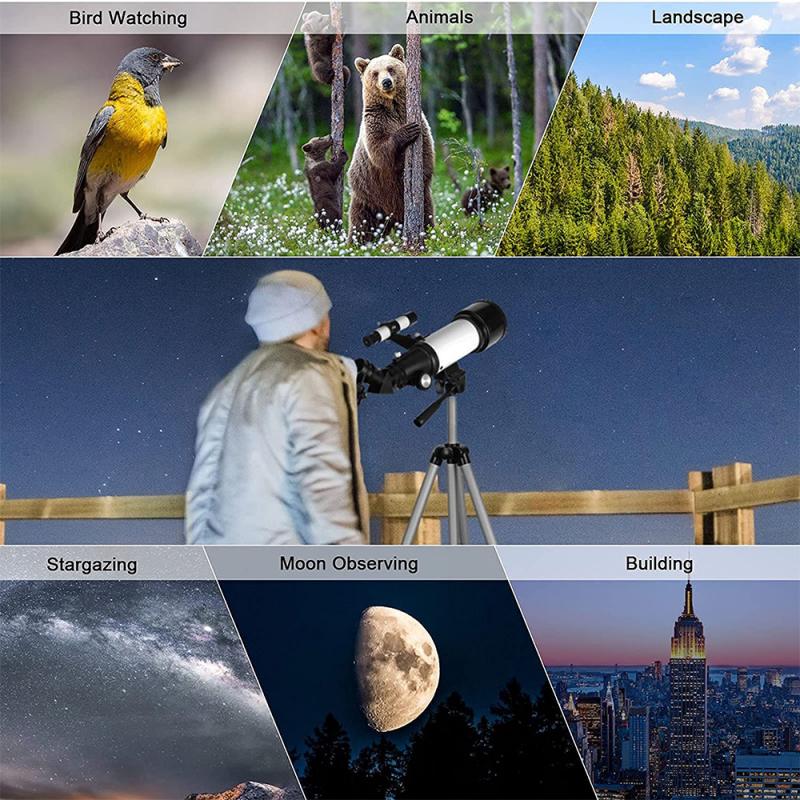
There are three main types of telescopes: refractors, reflectors, and compound (or catadioptric) telescopes. Each type has its own set of advantages and disadvantages.
1. Refractor Telescopes: These telescopes use lenses to gather and focus light. They are known for their sharp and high-contrast images, making them ideal for planetary observation. However, they can be more expensive per inch of aperture compared to other types.
2. Reflector Telescopes: Reflectors use mirrors to gather light. They are generally more affordable and offer larger apertures, making them suitable for deep-sky observation. However, they require regular maintenance, such as collimation (alignment of mirrors).
3. Compound Telescopes: These telescopes combine lenses and mirrors to offer a compact design with good optical performance. They are versatile and can be used for both planetary and deep-sky observations. However, they tend to be more expensive and heavier.
Key Specifications to Consider
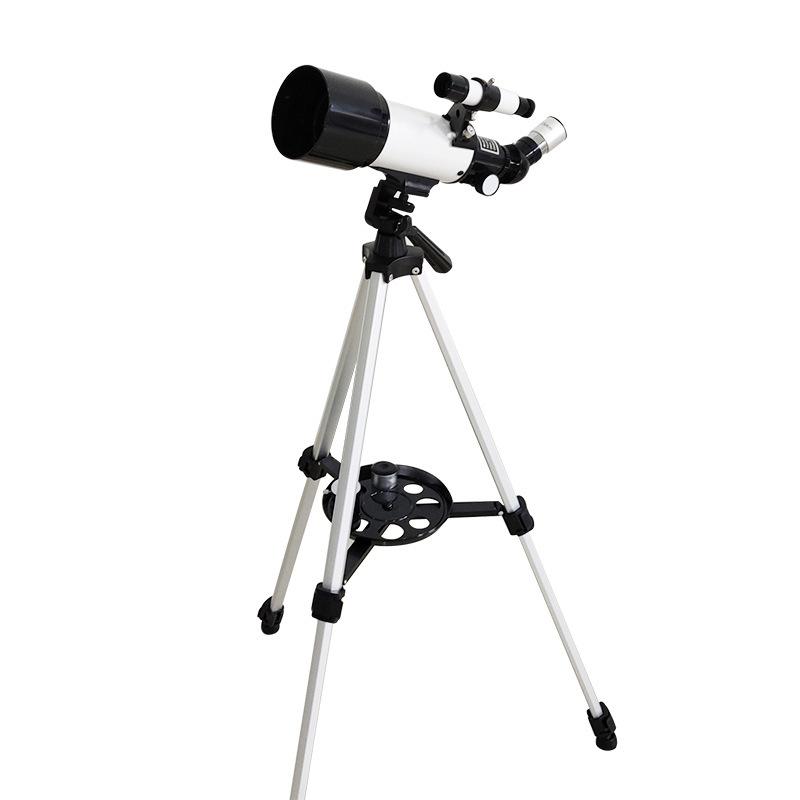
When choosing a telescope, several key specifications will determine its performance and suitability for your needs.
1. Aperture: The aperture is the diameter of the telescope's main lens or mirror. It determines how much light the telescope can gather. A larger aperture allows you to see fainter objects and more detail. For beginners, an aperture of at least 70mm (2.8 inches) is recommended for refractors, and 114mm (4.5 inches) for reflectors.
2. Focal Length: The focal length is the distance between the telescope's main lens or mirror and the point where the image is formed. It affects the magnification and field of view. A longer focal length provides higher magnification but a narrower field of view.
3. Magnification: Magnification is determined by the focal length of the telescope and the eyepiece. While high magnification is desirable, it's not the most critical factor. A telescope with a larger aperture and moderate magnification will provide better image quality.
4. Mount: The mount is the structure that supports the telescope and allows it to move. There are two main types: altazimuth and equatorial. Altazimuth mounts are simpler and easier to use, making them ideal for beginners. Equatorial mounts are more complex but allow for more precise tracking of celestial objects.
Budget Considerations
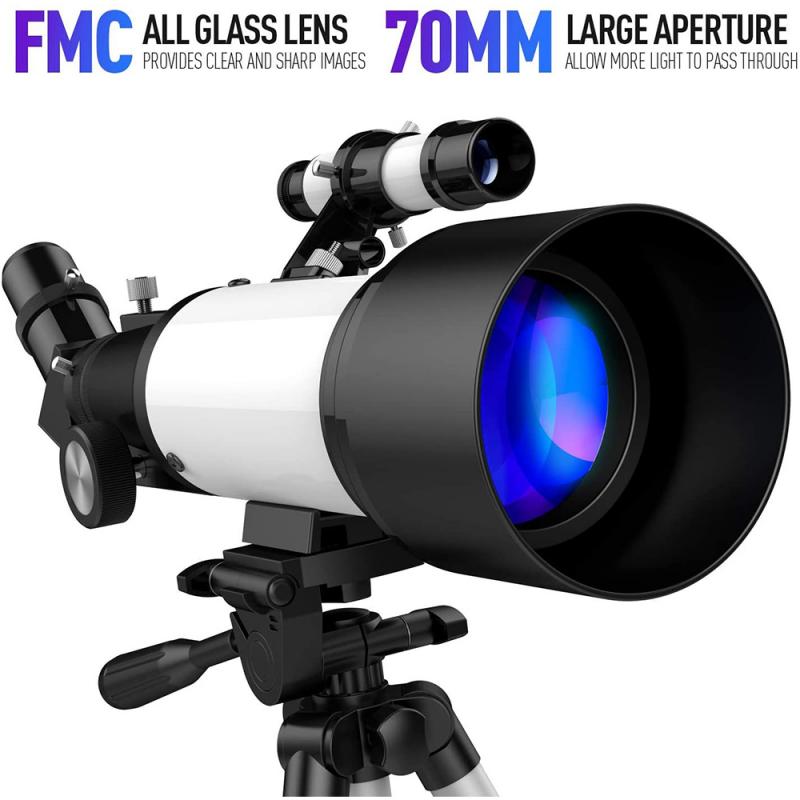
Your budget will play a significant role in determining the type and quality of the telescope you can afford. It's essential to set a realistic budget and consider additional costs such as eyepieces, filters, and maintenance tools.
1. Entry-Level Telescopes: For beginners, entry-level telescopes range from $100 to $300. These telescopes offer decent performance and are suitable for casual observation.
2. Mid-Range Telescopes: Mid-range telescopes, priced between $300 and $700, provide better optics and larger apertures. They are ideal for enthusiasts who want to explore more detailed observations.
3. High-End Telescopes: High-end telescopes can cost $700 and above. They offer superior optics, larger apertures, and advanced features. These telescopes are suitable for serious astronomers and astrophotographers.
Practical Tips for Choosing a Telescope
1. Research and Reviews: Read reviews and seek recommendations from experienced astronomers. Online forums and astronomy clubs can provide valuable insights and firsthand experiences.
2. Try Before You Buy: If possible, visit a local astronomy club or observatory to try different telescopes. This hands-on experience can help you understand what to expect and what features are most important to you.
3. Consider Portability: If you plan to travel with your telescope, consider its size and weight. A compact and lightweight telescope is easier to transport and set up.
4. Avoid Department Store Telescopes: Telescopes sold in department stores often have poor optics and flimsy mounts. It's better to purchase from a reputable telescope retailer or online store specializing in astronomy equipment.
5. Check for Accessories: Ensure the telescope comes with essential accessories such as eyepieces, a finder scope, and a sturdy mount. These accessories can significantly enhance your observing experience.
Choosing the right telescope involves understanding your observing goals, familiarizing yourself with different types of telescopes, and considering key specifications such as aperture, focal length, and mount. By setting a realistic budget and conducting thorough research, you can find a telescope that meets your needs and provides a rewarding stargazing experience. Remember, the best telescope is the one that you will use and enjoy, so take your time to make an informed decision. Happy stargazing!


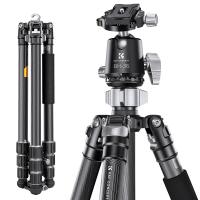

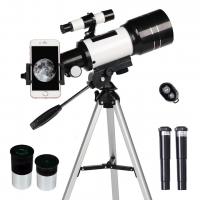
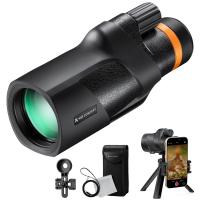
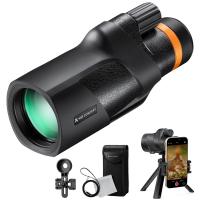

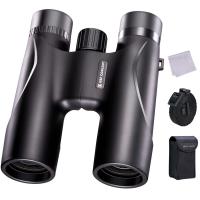

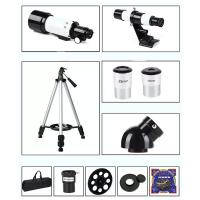
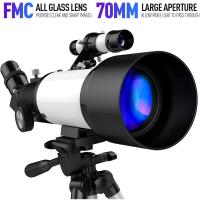






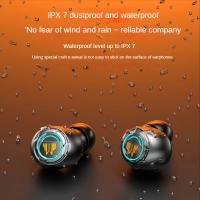

There are no comments for this blog.